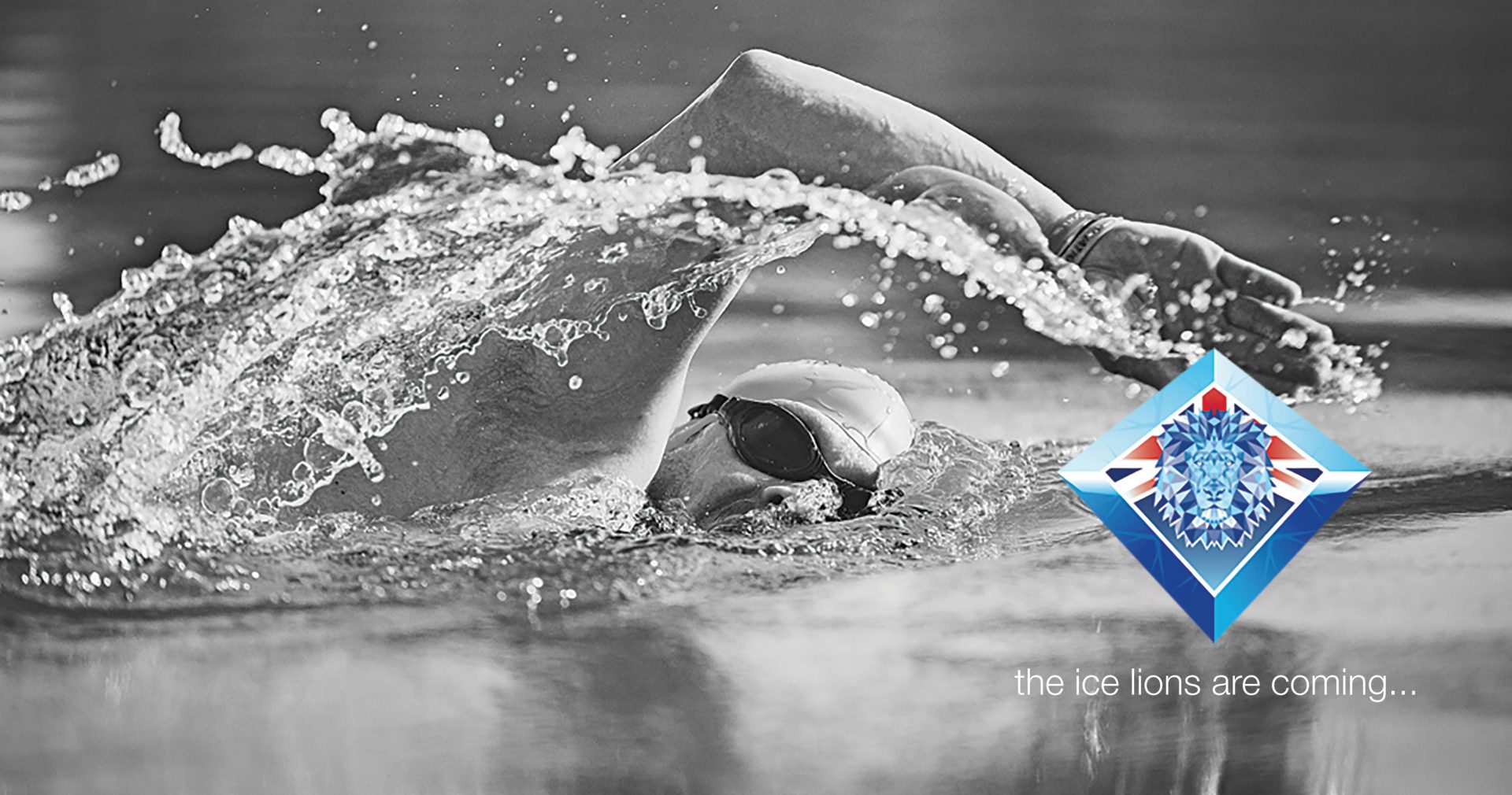To help you start your ice mile journey the right way we’ve put a list together of key areas that you should familiarise yourself with before entering cold water, these guidelines will give you the foundation to deal with cold water and manage its effects more effectively than just jumping in.
Cold water expectations
Swimmers not used to cold water can sometimes get frustrated when they can’t swim the same distance in cold water that they swim in the pool. The acclimatisation process takes time and your body needs that time to adapt to the increased stress being placed on it. Its a remarkable tool and given the opportunity it will acclimatise, so take it steady build up your time and distances slowly and listen to what your body is telling you ( apart from get out you’re mad ).
Swim clothing & equipment – the list of ALL you’ll need.
Warm Clothes, lots of loose fitting layers
Towels
Swimzi or warm coat to wrap up in after
Warm socks
Woolly hat(s)
Flasks
Gloves
Swimming costume
Clear pair of goggles
Polarised pair of goggles
Silicon swim cap
Cold water entry
Arrive warm and stay warm, wear your Swimzi to the water entry point. Enter the water gradually – do not dive in!. Submerge your wrists, splash the back of your neck and slowly move up to your waist and then submerge your shoulders. Control your breathing ( don’t hold your breath) nice steady exhales and inhales. Talk, shout, joke & swear ( it helps but just make sure there are no children about). Slowly start swimming when your breathing has settled, then when you feel comfortable increase your pace to keep your core warm.
Cold water shock
Entering the water as described above will manage and reduce the cold water shock affect, it will still happen but the more you swim throughout the winter the easier it will become. The gasp reflex can be dangerous and its generally accepted that this is the cause of most drownings from sudden immersion in cold water.
Controlled breathing techniques
These help to settle your breathing, singing your favourite song or just focusing on the inhale and exhale will help you to minimise the affect of cold water shock. Fast rapid breathing should be discouraged.
Physiological signals – hands, feet, face, core
Your body will tell you in plenty of time if you’ve been in the water to long, the signs you need to be mindful of are..
Hands – clawing fingers, where you can’t bring them together or straighten them are the earliest sign that you need to get out.
Feet – these will go numb as with your fingers, they’re your extremities and will cool down the fastest as your body retains heat around your core to protect your organs. Be careful getting in and out, broken toes aren’t uncommon in winter swimmers.
Face – your speech may be affected, good coaches will refuse a wave to see if you are ok, they will want you to talk to them, if your speech is slurred you will be getting out of the water.
Cold water exit & recovery
Make sure your exit is safe and free of hazards ( remember those toes ).
Your recovery should be gradual, lots of layers, warm drinks and woolly hats. Hot showers below 10 degrees should be discouraged. Your body needs the opportunity to warm up gradually, swapping the warmer core blood with the colder extremities blood, quickening this process by the use of artificial heat can cause extreme stress on your vascular system.
Afterdrop
You may experience this some time after you’ve warmed up, don’t worry its normal and another good excuse for a hot chocolate and a slice of cake.
Signs of Hypothermia
This link will make you to the relevant page, its well worth a read
Treating Hypothermia

